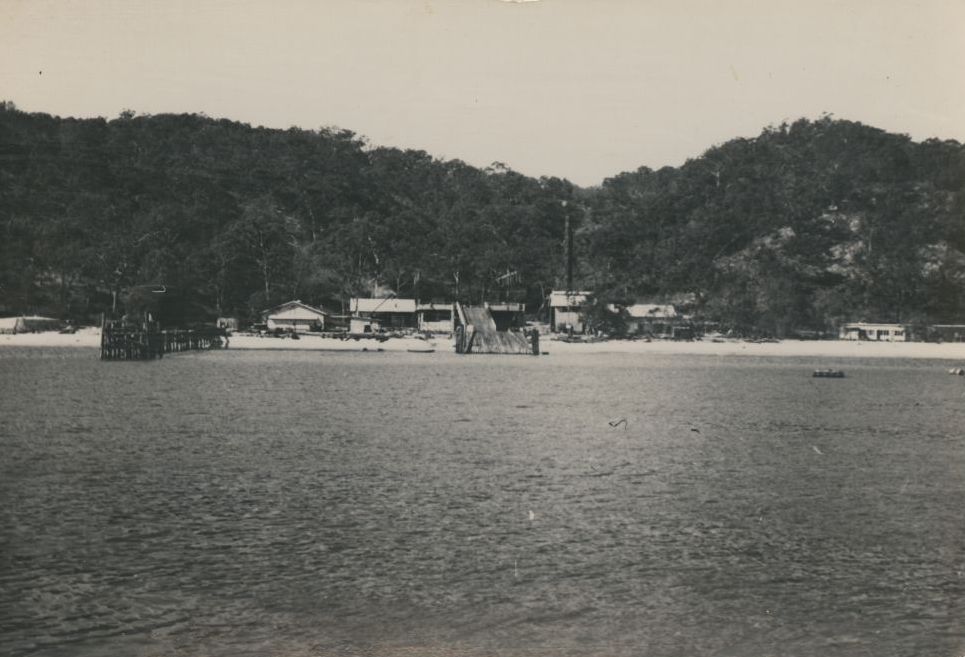August 2022 marks 60 years since commercial whaling ceased in Moreton Bay.

One whale could yield more than 8000 kilograms of oil, the most valuable resource, which was used to make margarine, glycerine, cosmetics, and pharmaceuticals. The meat was used for pet food or human consumption overseas, and the bones, offal and low-grade meat were turned into meal for livestock or fertiliser.
In the late 1950’s vegetable oil was introduced and then in 1959 there was a fall in world whale oil prices. By 1961 the whales were becoming scarce and light planes were employed to spot the whales from the air. In August 1962, only 68 whales had been caught and the whaling station closed.
In the 10 years of operation 6,277 humpback whales and one blue whale were killed and processed. The operation seriously decimated the east coast’s population of humpback whales from an estimated 15,000 to be less than 500.
As a result of the whaling program, humpback whales were placed on the Protected Species list in 1965.
The flensing deck remains at the Tangalooma Island Resort as a continual memory of what can happen when over hunting of wildlife is legal. It is now used by the resort as a shelter for some resort activities such as basketball and handball.
Commercial whaling in Australia ceased in 1978 with the closure of Australia’s last whaling station, the Cheyne’s Beach Whaling Station in Western Australia. In1979 Australia adopted an anti-whaling policy permanently ending whaling in Australian waters.
The irony is that Tangalooma was once used as a Whaling Station, yet today Tangalooma is now one of Queensland’s largest Whale Watching operators, with daily whale watching cruises between June and October every year – and with over 1200 whales sighted in 2017, it is amazing how things can change!
Helen Young
August 2022

